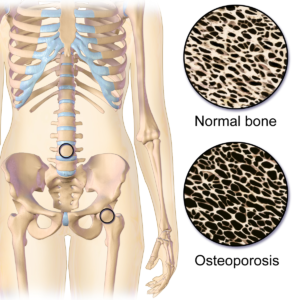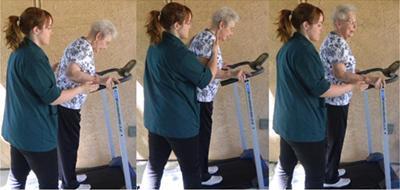Screening for osteoporosis could prevent more than a quarter of hip fractures in older women

A new study published in The Lancet reveals that a simple questionnaire, combined with bone mineral density measurements for some, would help identify those at risk of hip fracture.
The research, which involved more than 12,000 older women, found that screening through general physicians allowed patients to be targeted for treatment.
Osteoporosis is a condition in which bones become fragile because of low calcium deposits. In post menopausal women hormonal changes tend to trigger osteoporosis. While there are no studies available, a 2008 article in the Indian Journal of Medical Research estimates that 25 million Indians may be suffering from osteoporosis.
In women agreeing to participate, screening led to a 28 per cent reduction in hip fractures over five years.

Lead researcher Prof Lee Shepstone, from UEA’s Norwich Medical School, said: “Approximately one in three women and one in five men aged over 50 year will suffer a fragility fracture during their remaining lifetime…A hip fracture can be devastating with a loss of independence and less than one third of patients make a full recovery. Mortality at one-year post-fracture is approximately 20 per cent.”
The large multicentre UK-based community screening study was a collaboration primarily between UEA and the University of Sheffield, and involved researchers at the Universities of Southampton, Bristol, Birmingham, Manchester and York, and over 100 primary care practices.
Among those screened, treatment was subsequently recommended for one in seven women deemed at high risk of hip fracture. This recommendation was acted upon by the women and their GPs so that over three quarters of the women at high risk were on osteoporosis medications within six months of screening.
While screening did not reduce the incidence of all osteoporosis-related fractures, there was strong evidence for a reduction in hip fractures.
In the screening group, there were 54 fewer women who suffered one or more hip fractures compared to the routine care group.
The study suggests that one hip fracture could be prevented for every 111 women screened and early analysis suggests the approach is likely to be cost-effective.
Hip fractures usually require a surgery to mend.


